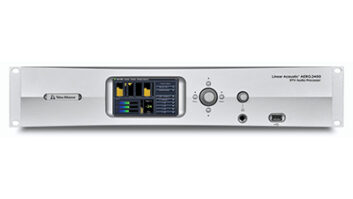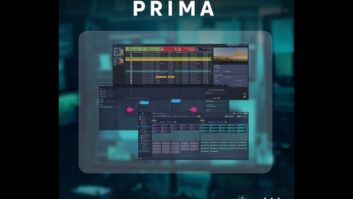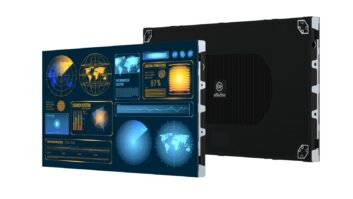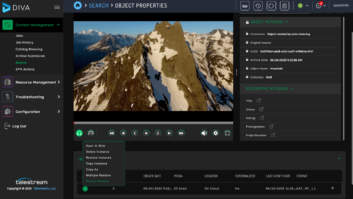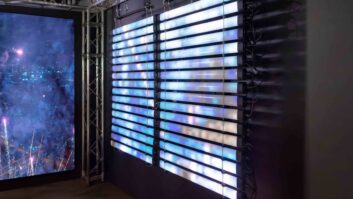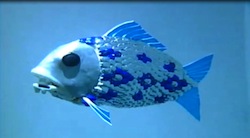
Cruising around the edges and smaller isles of IBC can lead to some startling initiatives, and those with a fine line in fish jokes should hunt out Robo Cod amongst a set of R&D projects featured by the University of Essex, writes George Jarrett.
Introducing Autonomous Robotic Fish – so far a four-year research project – university head of business relations David Crawford said: “This robotic fish has come out of an international effort involving European organizations, Chinese manufacturers, and Essex university.
“The goal was to create a device that was eco friendly and autonomous, and could monitor pollution levels in harbors and things like rivers,” he added. “It could do inspections for oil rig companies or trace cables.”
The design criteria called for a multi-ability platform that can work its own way around under the sea. “The initial experiments were done with submarine type vehicles, but of course you realize that if a sub was the most efficient shape fish would have propellers on the back,” said Crawford. “The fish motion is so efficient, but it is quite sizeable (up to 1m long).
“It has quite a payload in terms of sensors and cameras if wanted, and it can last a whole day swimming under water,” he added. “It has detectors to make sure it doesn’t crash into things or start any unwitting dating attempts with whales. At the end of the day it surfaces, it checks its GPS position, downloads all the data collected, re-charges, and swims off again.”
Robo Cod is on its second field trial, policing pollution in a Spanish harbour. Can it carry HD cameras?
“We have tried it with several small HD cameras in water-proof housings and the results are successful. But we minimise the number of transducers and sensors on board because the more you load it, it reduces underwater time and we have to re-balance it,” said Crawford.
Stand: 13.201
